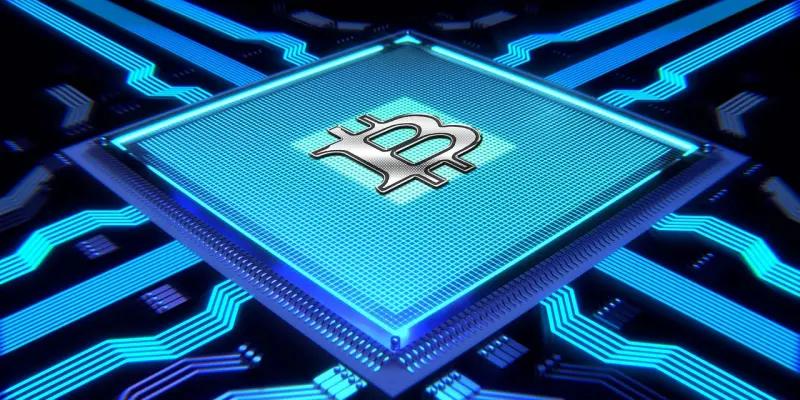Blockchain technology has rapidly evolved over the past decade, and user engagement and adoption have become key indicators of a network’s success. With numerous blockchain networks vying for attention and usage, understanding which ones lead in user engagement and adoption is critical. Data from Token Terminal provides a clear picture, highlighting the top performers based on their monthly active users.
Solana: The Frontrunner in User Engagement
The blockchain network leading the pack is Solana ($SOL), boasting an impressive 97.8 million monthly active users. Solana has gained substantial popularity due to its rapid transaction processing capabilities and its significant adoption within decentralized applications (dApps) and decentralized finance (DeFi) sectors. Solana’s unique architecture allows it to process transactions quickly and at a lower cost than many competitors, making it an attractive option for both developers and users. This swift growth in user engagement demonstrates the value and efficiency Solana brings to the blockchain ecosystem.
Following Solana in the rankings is Binance Smart Chain (BSC) with 33.8 million users. BSC benefits significantly from its low transaction fees and its compatibility with Ethereum Virtual Machine (EVM), which enables developers to easily migrate projects between Ethereum and BSC. The combination of cost efficiency and seamless EVM integration has attracted a large user base, solidifying BSC’s position as a major player in the blockchain space. These features make BSC an appealing network for those looking to engage in DeFi activities without incurring high transaction costs associated with Ethereum.
Rise of Layer 2 Solutions and Other Networks
Coinbase’s Layer 2 solution, Base, has also seen impressive engagement with 21.5 million users. Base leverages the extensive ecosystem and user base of Coinbase, allowing it to attract a substantial number of users. This Layer 2 solution aims to alleviate congestion on the Ethereum network by providing a scalable alternative, further driving its adoption. Tron’s ($TRX) 13.3 million users benefit from its low transaction costs and high-speed transaction capabilities, which have helped maintain its relevance in the competitive blockchain landscape.
Aptos ($APT) closely follows Tron with 13.2 million users, attributed to its efficient consensus protocol. The protocol allows for a higher throughput and quicker transactions, enhancing user experience. Bitcoin ($BTC) and Ethereum ($ETH) remain prominent, with 11.5 million and 7.03 million users respectively. While Bitcoin retains its position as a primary store-of-value in the cryptocurrency market, Ethereum’s smart contract capabilities continue to attract developers and users, despite its higher transaction costs compared to newer networks.
The Growing Demand for Scalable Solutions
Over the past ten years, blockchain technology has seen significant advancements, transforming how we view digital interactions and transactions. The degree to which users engage with and adopt these blockchain networks has emerged as a vital measure of their success. With a crowded field of numerous blockchain platforms all striving for attention and user base expansion, discerning which networks stand out in terms of user engagement and adoption is crucial. Token Terminal, a reputable analytical platform, provides valuable insights into this matter by offering data that clearly identifies the leading blockchain networks based on the metric of monthly active users. This data is instrumental in understanding the dynamics of user behavior and network performance in the competitive blockchain ecosystem. By analyzing these metrics, stakeholders can make informed decisions about which blockchain technologies are gaining traction and which are falling behind in the race for user engagement.

